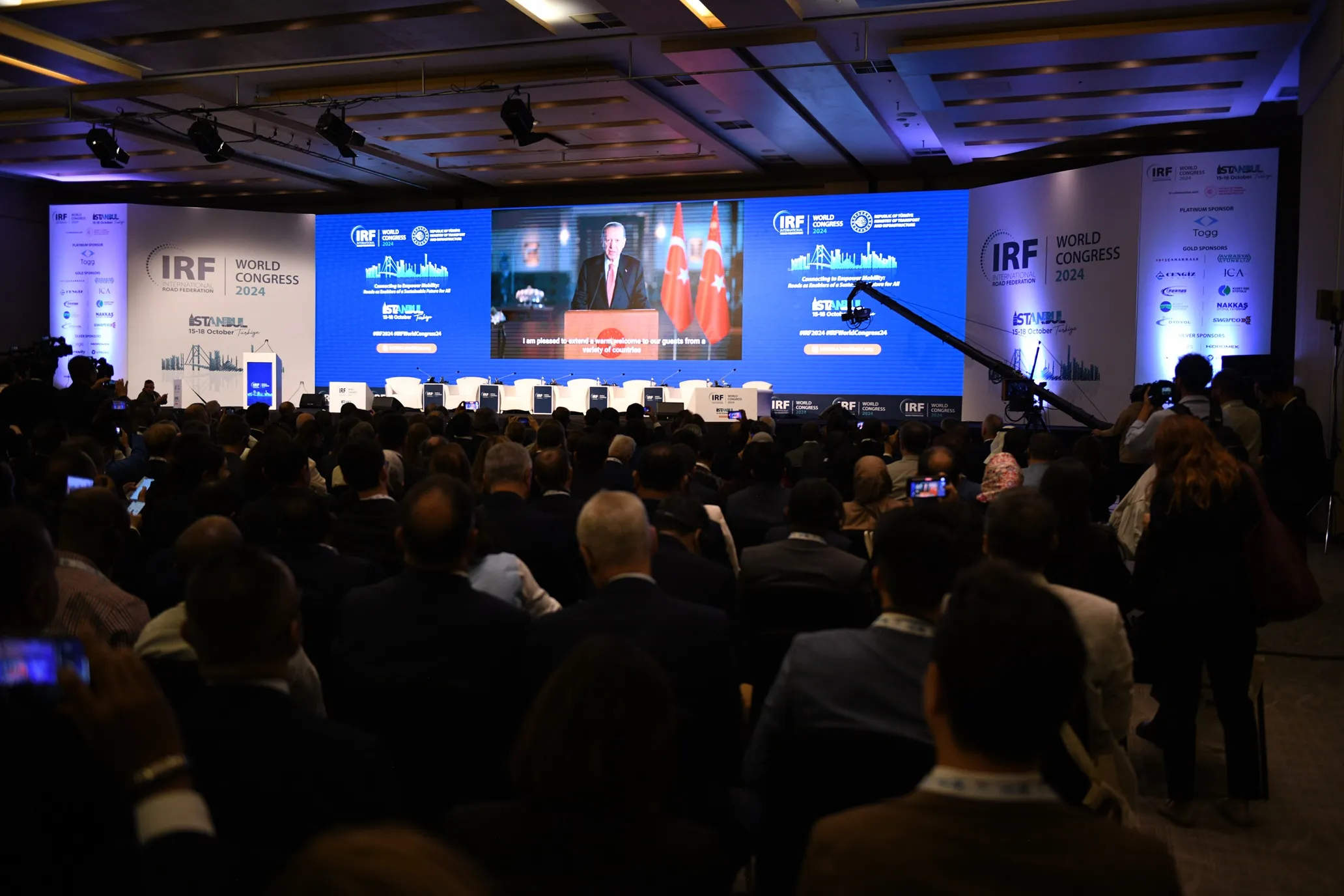Around 90 ITS stakeholders participated in the fifth iMobility Forum Plenary meeting , which discussed the high level framework necessary to implement a roll-out of C-ITS and vehicle automation in Europe, the respective roles of business and policy makers in terms of infrastructure investments, data protection, communication efforts for public acceptance; and who should take the lead in which area. The meeting also debated the regulatory framework needed for global implementation.
Opening the meeting, E
February 3, 2015
Read time: 2 mins
Around 90 ITS stakeholders participated in the fifth iMobility Forum Plenary meeting , which discussed the high level framework necessary to implement a roll-out of C-ITS and vehicle automation in Europe, the respective roles of business and policy makers in terms of infrastructure investments, data protection, communication efforts for public acceptance; and who should take the lead in which area. The meeting also debated the regulatory framework needed for global implementation.
Opening the meeting, EU representative Paul Timmers of DG Connect outlined research and innovation (R&I) supporting the Europe 2020 initiative. The iMobility Forum R&I Working Group presented its R&I roadmaps for the medium and long term and formulated recommendations for the 2016-2017 research needs for smart, clean and efficient mobility. Future policy recommendations emphasise the need for business models, put the road user at the centre of the process and support the concept of mobility as a service.
The session on C-ITS focused on the milestones to achieve its successful deployment and highlighted the need for a high level commitment of both industry and EU, national and regional policy makers to exploit the momentum and to make C-ITS happen now. Issues such as access to in-vehicle and other data, and attitudes in sharing and usage of data, were identified as the main barrier to further deployment of C-ITS.
The presentations and debate on automation concentrated on the regulatory intervention needed to accelerate deployment, the technology focus and the need to engage the customer in order to enable early acceptance of this new technology.
Both sessions also highlighted that full automation will only succeed if it integrates C-ITS systems including vehicle to vehicle, vehicle to infrastructure and vehicle to other road users communication.
The meeting concluded that, in order to ensure a global deployment of C-ITS and automation, there is an urgent need to assess, develop and harmonise legal frameworks at national, international and global levels. A good example of this are the efforts on global harmonisation and standardisation of C-ITS made by the tri-lateral working group EU-US-Japan.
Opening the meeting, EU representative Paul Timmers of DG Connect outlined research and innovation (R&I) supporting the Europe 2020 initiative. The iMobility Forum R&I Working Group presented its R&I roadmaps for the medium and long term and formulated recommendations for the 2016-2017 research needs for smart, clean and efficient mobility. Future policy recommendations emphasise the need for business models, put the road user at the centre of the process and support the concept of mobility as a service.
The session on C-ITS focused on the milestones to achieve its successful deployment and highlighted the need for a high level commitment of both industry and EU, national and regional policy makers to exploit the momentum and to make C-ITS happen now. Issues such as access to in-vehicle and other data, and attitudes in sharing and usage of data, were identified as the main barrier to further deployment of C-ITS.
The presentations and debate on automation concentrated on the regulatory intervention needed to accelerate deployment, the technology focus and the need to engage the customer in order to enable early acceptance of this new technology.
Both sessions also highlighted that full automation will only succeed if it integrates C-ITS systems including vehicle to vehicle, vehicle to infrastructure and vehicle to other road users communication.
The meeting concluded that, in order to ensure a global deployment of C-ITS and automation, there is an urgent need to assess, develop and harmonise legal frameworks at national, international and global levels. A good example of this are the efforts on global harmonisation and standardisation of C-ITS made by the tri-lateral working group EU-US-Japan.










